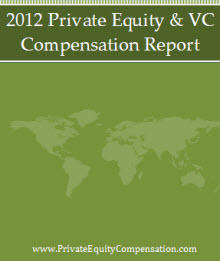Will Web 2.0 do for venture capital what is has been able to do for research and development? For several years now, companies have been turning to the cloud seeking mass-collaboration in their R & D efforts through a phenomenon called crowd-sourcing. Millions of would-be scientists and engineers have responded often times contributing break-through ideas and solving for complex problems. Companies such as Proctor and Gamble have been able to drastically lower their research costs while expanding their R & D staff by “millions.” Now, start-up companies that can’t get the attention of venture capital firms or angel investors are turning to Web 2.0 seeking mass-capitalization from among the vast number of main street investors hoping to score the next Google.
Crowd-funding, once limited to investors with a family or friendship relationship to a company, is quickly becoming a mainstream avenue for companies to attract a broader base of investors. Web 2.0, through various social media sites and a growing number of crowd-funding sites, is the word-of-mouth vehicle for companies seeking to raise up to $2 million. Investors with a penchant for high risk opportunities that can potentially generate out-sized returns can invest as little as $1000 or up to 10% of their income in ventures of their choosing.
In an economy in which capital formation and job growth is being threatened by diminishing venture capital investment, crowd-funding is keeping business start-up hopes alive, but it is not without its own obstacles. Organized crowd-funding, which, essentially , consists of soliciting investment dollars from the public, has come under the scrutiny of the Securities and Exchange Commission. In recent rulings, it has determined that cross-funding websites must register, not only with the SEC but also with the Financial Industry Regulatory Authority (FINRA) as a broker-dealer. In addition, they must register with every state in which they want to conduct business. The burdens and costs of registration, compliance, and legal fees will pretty much such the wind out of their sails.
But there is a strong movement afoot to break down the barriers to cross-funding so it can be unleashed in an economy obviously suffering from anemic job growth. Recently the House of Representatives passed the “Entrepreneur Access to Capital Act” that would allow companies to offer up to $2 million of its equity through cross-funding sites without having to register with the SEC. The measure includes investor suitability requirements and other protections to ensure that less sophisticated investors are not victimized by scams. Even the SEC, prodded by both Congress and throngs of business owners who have converged on the Commission, is reviewing its regulations to look for ways to loosen the restrictions on smaller equity offerings.
While cross-funding can’t fill the void left by a retrenching venture capital and private equity industry, it certainly can spur business activity where it counts the most – at the ground floor where ideas become reality.


